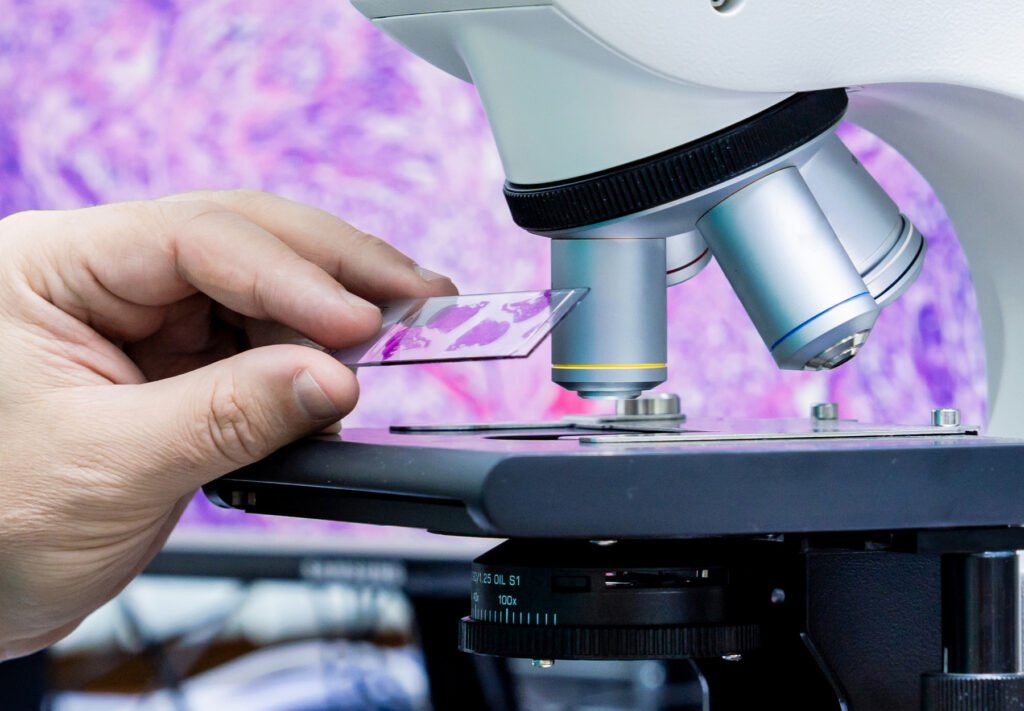The integration of Artificial Intelligence (AI) into digital pathology is reshaping the future of healthcare diagnostics. Digital pathology, which converts traditional glass slides into digital images for analysis, is a cornerstone of modern medicine. AI is now enhancing its capabilities, making diagnostics faster, more accurate, and accessible.
How AI Enhances Diagnostics
AI leverages advanced algorithms to analyze digital slides, identifying patterns and anomalies often missed by human eyes. For instance, in cancer diagnostics, AI can grade tumors, detect cancerous cells, and predict progression with remarkable accuracy. This aids pathologists in delivering more precise diagnoses.
Workflow Optimization
AI optimizes workflows by automating repetitive tasks like counting cells and measuring biomarkers. This reduces diagnostic errors and allows pathologists to focus on complex cases.
- Example: AI algorithms streamline processes, reducing turnaround times for test results and improving patient care.
Telepathology and Collaboration
AI-driven telepathology tools facilitate remote diagnosis and real-time collaboration among pathologists globally. This expands access to quality care, particularly in underserved regions.
Challenges to Overcome
While promising, AI in digital pathology faces hurdles, such as high implementation costs, regulatory complexities, and data privacy concerns. Addressing these challenges is essential for wider adoption.
The Road Ahead
The future of AI in digital pathology looks bright, with emerging trends like integration with blockchain and IoT for secure data sharing and real-time insights. As the Flair Insights report highlights, the global market is set to grow rapidly, revolutionizing diagnostics and improving healthcare outcomes.



